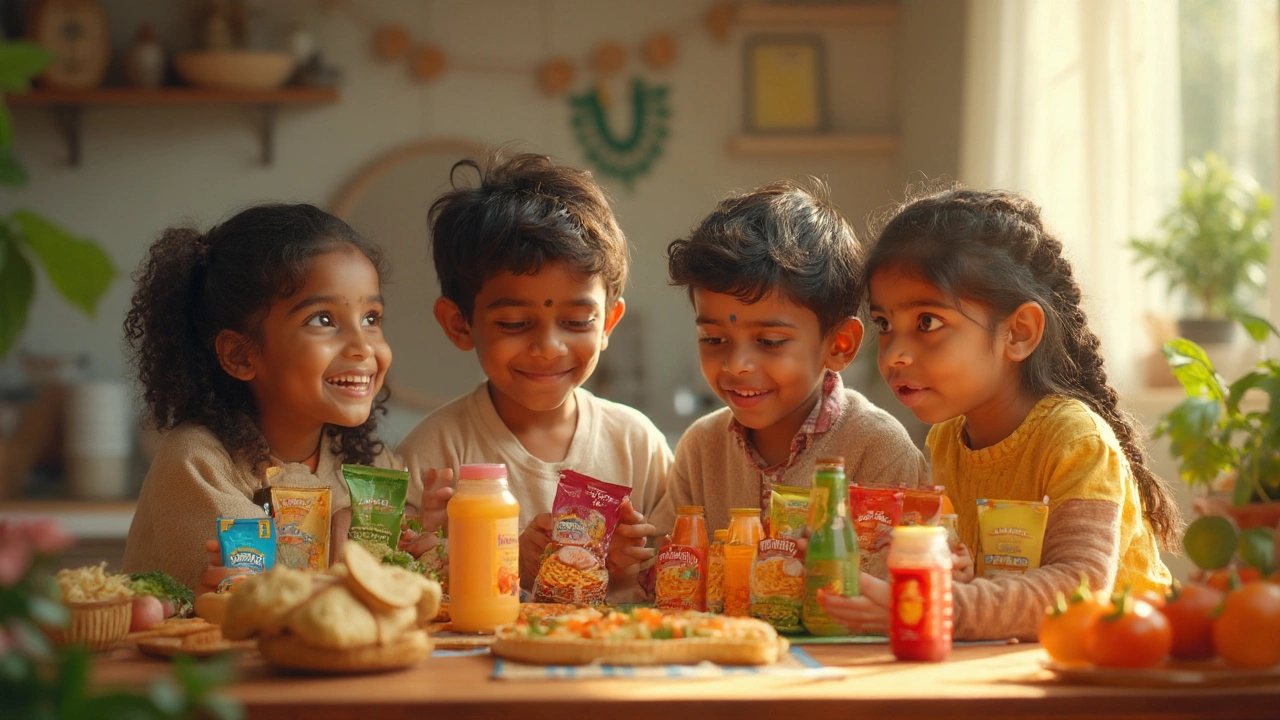- India Manufacturing: Key Industries and What the Country Mainly Produces Sep 25, 2025
- Will Companies Pay for Ideas? Manufacturing Startup Insights Jun 3, 2025
- Steel Production: Which US City Takes the Crown? Jun 12, 2025
- Global Giants in Manufacturing: Leaders Shaping the Future Feb 2, 2025
- Who Makes Honda Engines in India? The Real Manufacturer Behind the Power Nov 17, 2025
Processed Food Facts: What’s Really Inside Your Packaged Meals
Ever wondered why your snack looks the same every time you buy it? The answer lies in food processing. It’s a set of steps that turn raw ingredients into the products you see on the shelf. Knowing the basics helps you make smarter choices at the grocery store.
How Food Gets Processed
Processing can be as simple as washing and cutting vegetables, or as complex as turning wheat into ready‑to‑bake dough. Most packaged foods go through three common stages:
- Cleaning and preparing – removing dirt, trimming off unwanted parts, and sometimes blanching to keep colour and texture.
- Preservation – adding heat, salt, sugar, or chemicals to stop spoilage. Freezing, canning, and drying are popular methods.
- Packaging – sealing the product in plastic, glass, or metal to protect it from air, light, and bugs.
Each step is designed to keep food safe and extend its shelf life. The technology behind it has improved a lot, so today’s factories can keep nutrients better than ever before.
Health Impacts and Common Myths
Many people think all processed foods are unhealthy. That’s not the full story. Some processing, like freezing peas, actually locks in vitamins. The bigger concern is the addition of extra sugar, salt, or unhealthy fats that boost flavour but can hurt health if eaten in large amounts.
Here are three facts to keep in mind:
- Not all additives are bad. Certain preservatives, like citric acid, simply keep food fresh without harming you.
- Portion size matters. Even a healthy snack can become a problem if you eat twice the suggested amount.
- Read the label. Look for short ingredient lists and watch out for words like ‘high‑fructose corn syrup’ or ‘partially hydrogenated’.
When you compare a fresh apple to a fruit‑flavored snack, the apple wins on nutrients. But a frozen vegetable bag can be just as nutritious as fresh produce, especially when the fresh version travels long distances.
Bottom line: processed foods are part of modern life, and they’re not automatically junk. Use the facts above to decide what fits your diet.
Next time you stand in front of a snack aisle, ask yourself: What steps did this food go through? Which ingredients were added for safety, and which were added for taste? The answers will guide you toward choices that keep both your palate and your health happy.
Most Processed Foods: Surprising Facts and Their Global Impact
- Aarav Sekhar
- Aug 6, 2025
Discover which food owns the title for most processed, how it's made, and how it shapes diets worldwide. See surprising details and expert opinions.
